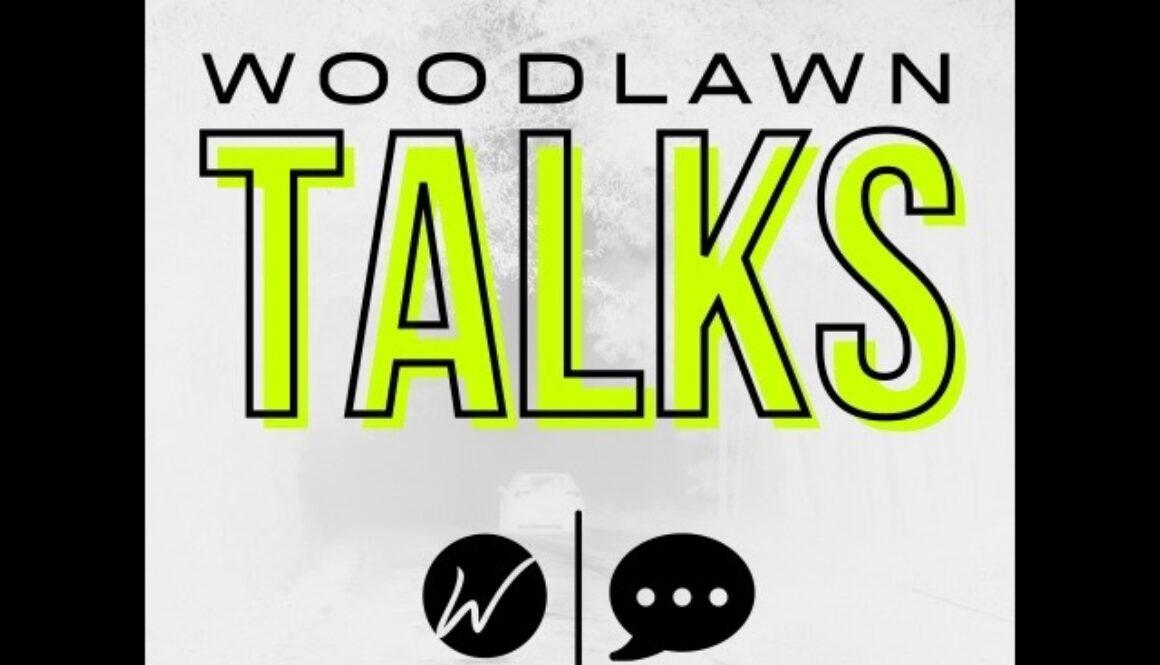Podcast – “Let’s Talk Church Finances” w/ Delano Sherley – Woodlawn Talks – Episode 64
Need additional Help?
Visit our other pages below to see our full range of services

Visit our other pages below to see our full range of services

Churches can save a significant amount on the cost of computer hardware and software. Many companies provide a discount to nonprofits. TechSoup is a company that provides discounts on everything from Microsoft Office 365, QuickBooks desktop and on-line version, Adobe and many more. For a complete list, visit their website: www.techsoup.org. They also have discounts available on computer hardware and can provide tech support for companies that do not have their own IT staff. You will need to fill out an application, and prove your 501c3 status, but the savings is definitely worth the effort.
Dell sells refurbished computers that are like new as well. Look for the Dell – Outlet on their website. Many of the computers are new, but were sold and returned and are now offered at a discount. Apple also has a refurb/clearance site.
For media and graphics, look at Igniter Media. They have a library available for an annual subscription. It includes backgrounds, title graphics, countdowns, mini movies and more.
If you know of other places that a church can save in this area, please email and let us know!

The Equifax hack has been all over the news, and there is reason to be concerned. The breach exposed names, social security numbers, birth dates, addresses and driver’s license numbers of 143 million people.
Now that this information has been stolen, it will be used for years to steal people’s identity. There are steps to take to protect yourself. First, go to the Equifax website to see if your information was compromised.
Next, go to annualcreditreport.com to get a free copy of your credit report. Look for activity that may be fraudulent. You should do this every four months, alternating between the three main credit bureaus. (Don’t use “freecreditreport.com”).
Consider using a credit monitoring service. Alternatively, your homeowner’s insurance may offer an inexpensive rider to cover the costs if your identity is stolen.
The most secure way to protect yourself is with a credit freeze. Contact all four bureaus: Experian, Innovis, Trans Union and Equifax. The cost is $0-10 each, depending on where you live. You will also have to pay $5 to unfreeze your account for a specific time period or for a specific creditor if you need to open a new account.
Finally, there are already dozens of scams related to the breach. Equifax is now calling people to verify their data, and make sure any website you visit to check on your credit begins with “https”.

Imagine going into the office tomorrow and discovering that all your electronic files are gone. ALL of them – financial, contributions, minutes to meetings, sermon studies and notes. Years of work vanished. Last week it happened again. I got a call from a client inquiring if I had a copy of some critical files. I did not. The computer that housed these files had crashed (although it was only a year old). I asked the obvious question – “do you have a backup?”. He did not. It will take months of work to recreate the missing data.
Imagine going into the office tomorrow and discovering that all your electronic files are gone.“
Always keep a backup of computer files that is stored off site. Keeping the backup on a thumb drive that is kept in the office is certainly better than nothing (it would have helped in this situation), but if a disaster such as a fire occurs, the computer and the backup are both lost – so a process that keeps a backup off-site or on-line is a must.
There are also options that will automatically backup your computer files on-line (which also allows you to have access to them from anywhere). Backblaze, SugarSync, IDrive, Drop Box and Carbonite are a few options.
I got another call a few days later. The client took the computer to an expert who was able to restore some of the files from the computer. He was fortunate, but the additional time, cost and stress involved in restoring the files could have been avoided.

You have likely read the statistics: only 10-25% of church members actually tithe and the average Christian only gives 2.5%. I recently read that if all Christians increased their minimum giving to 10%, the church would collect an additional $165 billion/year. One thing that churches can do to increase giving is to adopt newer technology (on-line giving, kiosks, phone apps, etc). There is a correlation between the use of this newer technology and church giving, since the number of members who carry cash or a checkbook is declining. Churches that embrace the change make it easier for this generation to give. The ability to create recurring giving also helps to reduce the “summer giving slump”, as funds are transferred automatically each week, regardless if a member is on vacation, out of town, etc. Any electronic giving should include mobile technology.
Finally, don’t forget the back-end – make sure however people give, the church staff doesn’t have to re-enter the same data into a contribution software, it should update automatically. Giving is still more of a heart issue than a money issue. Churches who are intentional on teaching on the subject one or two times each year also see better giving trends.